As we have recently found colloidal suspension or Colloidal gold is a sol of nanoparticles of gold in a fluid, commonly water. The colloid is usually either an intense in different types of color which you are going to be told in following part. Because of their optical, electronic, and molecular-recognition properties, gold nano particles are the main part of substantial research, with lots of promised applications in a wide variety of areas.The properties of colloidal gold nanoparticles, and thus their potential applications, depend strongly upon their size and shape.
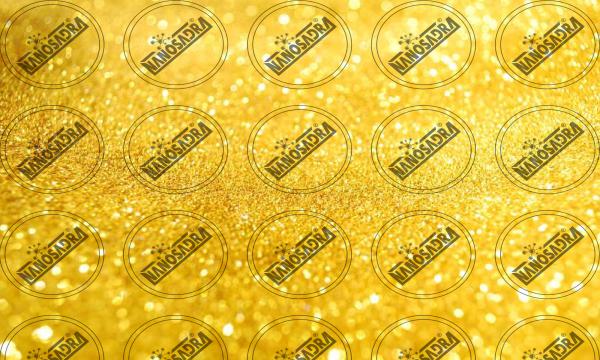
What are the medicinal uses of gold nanoparticles?
 In recent years the researchers used gold nano particles in medicinal filed to produce a new medicine to cure some unknown illness. The point is that the optical-electronics properties of gold nano particles are being explored widely for use in high technology applications like:
In recent years the researchers used gold nano particles in medicinal filed to produce a new medicine to cure some unknown illness. The point is that the optical-electronics properties of gold nano particles are being explored widely for use in high technology applications like:
- sensory probes
- electronic conductors
- therapeutic agents
- organic photo voltaic
- drug delivery in biological
- medical applications, and catalysis
Colloidal gold, the suspension of gold nano particles in liquid, has been used for hundreds of years, from staining glass in the Middle Ages to early experiments with photography in the Victorian era.
Gold is an element that rarely reacts with other chemicals. For the same reason, it does not cause an immune or allergic reaction in the body, it is small and not toxic and it is suitable for cancer treatment.( gold nanoparticles cancer)
In contrast it was only 160 years ago that gold nano particles were given any significant scientific examination, when scientist Michael Faraday created the first pure sample of colloidal gold in his basement laboratory at the Royal Institute in London. Faraday’s early experiments were forays into what would ultimately become the fields of nano science and nanotechnology.
How many types of gold nanoparticles are there?
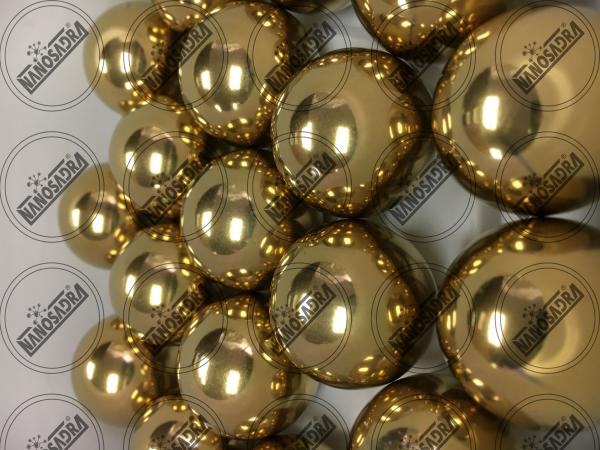 red color which are for spherical particles less than 100 n m and blue and purple are for larger spherical particles or nano rods. Because of their optical, electronic, and molecular-recognition properties, gold nano particles are the main part of substantial research, with lots of promised applications in a wide variety of areas.The properties of colloidal gold nanoparticles, and thus their potential applications, depend strongly upon their size and shape.
red color which are for spherical particles less than 100 n m and blue and purple are for larger spherical particles or nano rods. Because of their optical, electronic, and molecular-recognition properties, gold nano particles are the main part of substantial research, with lots of promised applications in a wide variety of areas.The properties of colloidal gold nanoparticles, and thus their potential applications, depend strongly upon their size and shape.
Is colloidal gold good for your skin?
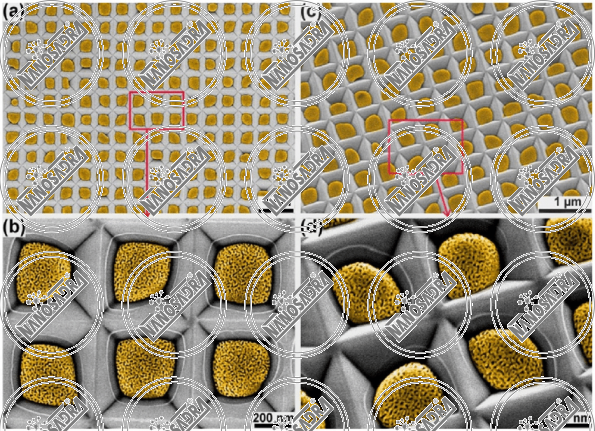 Colloidal gold has many properties, including antioxidant and anti-inflammatory properties, which strengthen the skin’s sodium and improve skin repair. In general, the benefits of colloidal gold are often linked to our mental and physical health.
Colloidal gold has many properties, including antioxidant and anti-inflammatory properties, which strengthen the skin’s sodium and improve skin repair. In general, the benefits of colloidal gold are often linked to our mental and physical health.
Even though, it is generally accepted that plain gold nanoparticles are toxic both in vitro and in vivo in certain range of concentrations. With proper surface modifications the toxic effect can be reduced or even eliminated.
Colloidal gold is composed of tiny, microscopic gold particles suspended in distilled water or any other liquid. Nano Gold is another name for colloidal gold. Colloidal gold is seen as a red or yellow liquid.
Colloidal gold is essentially non-toxic and has no undesirable side effects. However, one of the colloidal gold side effects gold and colloidal gold dangers is that over-consumption can lead to gold poisoning, which is detrimental to health.
Why is gold used in nanoparticles?
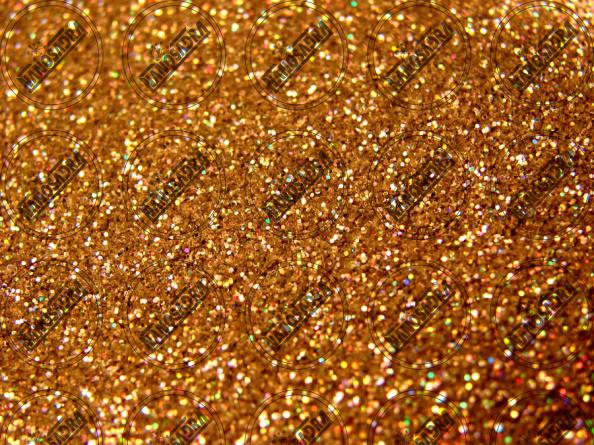 Gold is a yellow, soft, neutral metal with a melting temperature of 1068 ° C. The nanoscale metal exhibits features and properties that make it an important metal in many nanotechnology processes and products.
Gold is a yellow, soft, neutral metal with a melting temperature of 1068 ° C. The nanoscale metal exhibits features and properties that make it an important metal in many nanotechnology processes and products.
black gold nanoparticles are used in the fields of agriculture, electronics, catalysts, dyes, coatings and bio-pharmaceuticals. Another issue that highlights the importance of gold nanoparticle production is its use to develop novel methods for the detection of a variety of genetic and pathogenic diseases.
Gold nanoparticles can also be synthesized using peptides, proteins, DNAs and biochemical polymers to produce novel materials that can be used to identify various diseases and numerous medical applications.
One of the properties of nanoparticles is the high surface-to-volume ratio. It is necessary to maximize the contact rate to increase the efficiency of the catalysts. The greatest impact of nanoparticles is on catalysts and reactants.

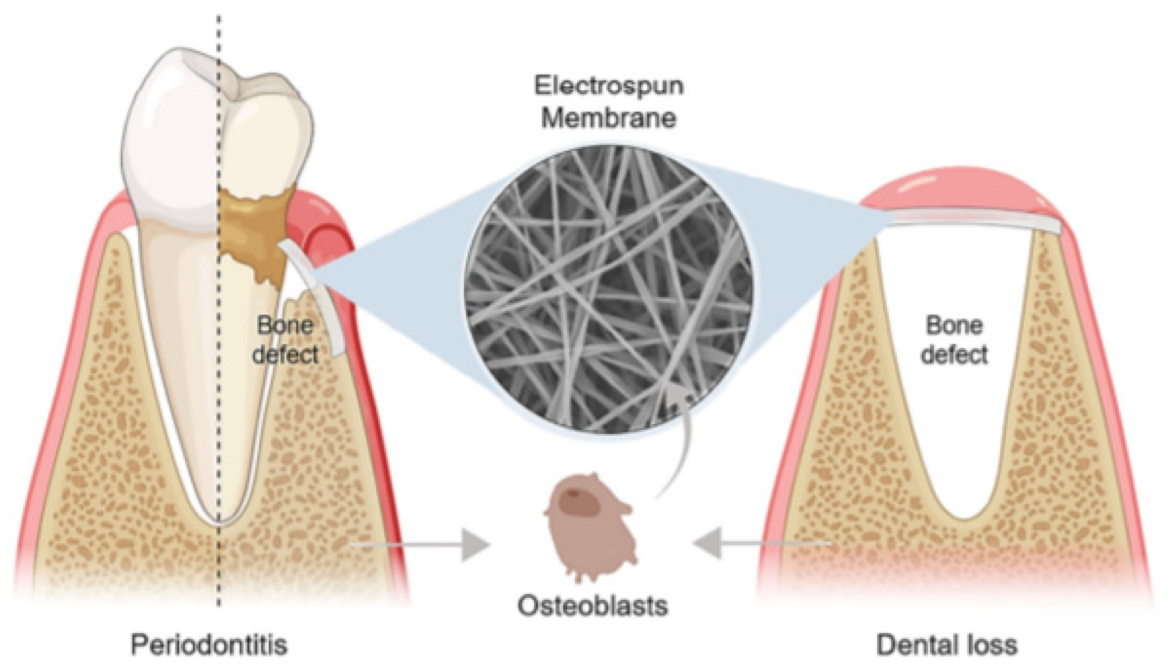
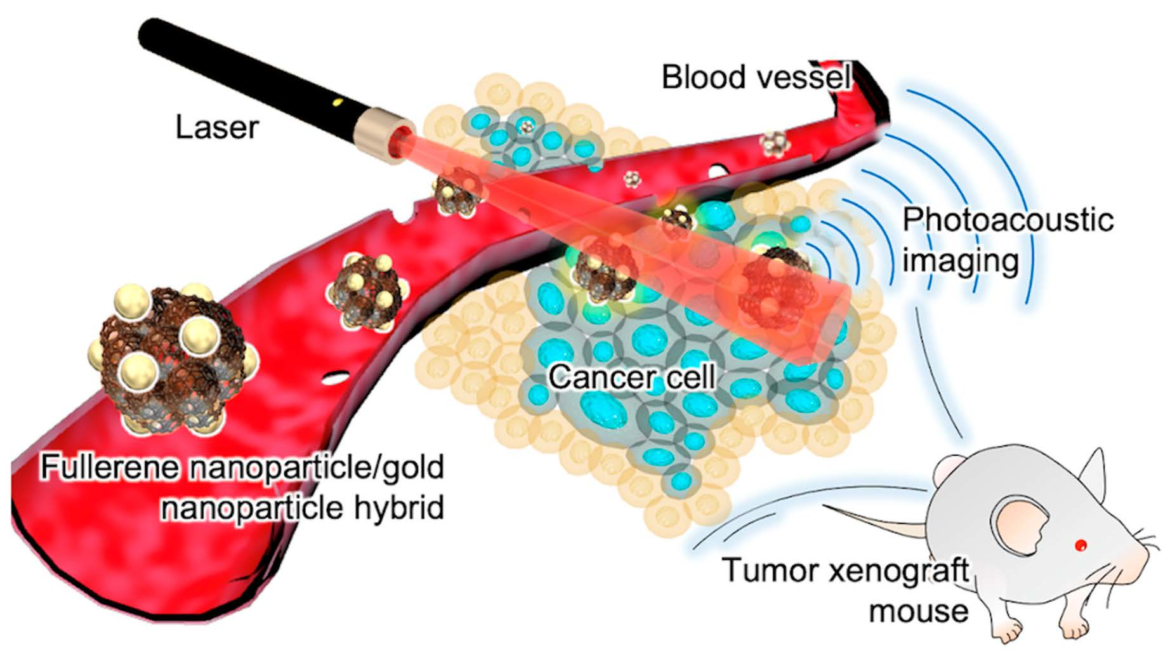
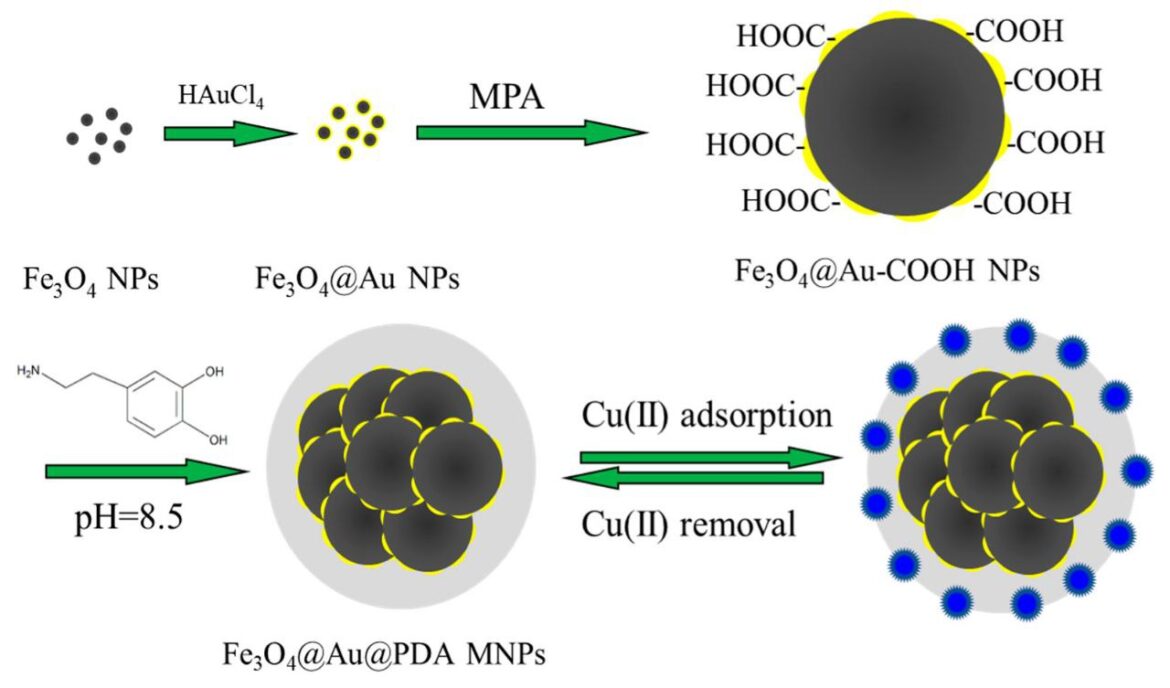

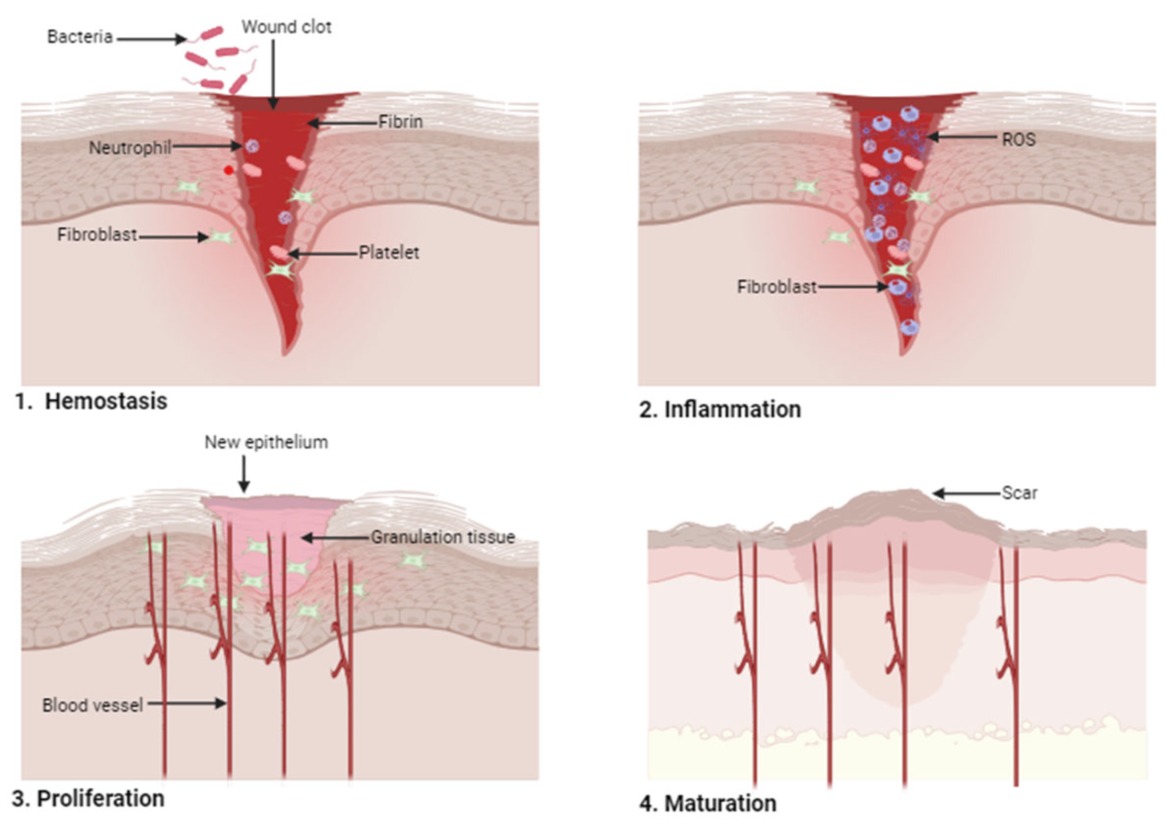

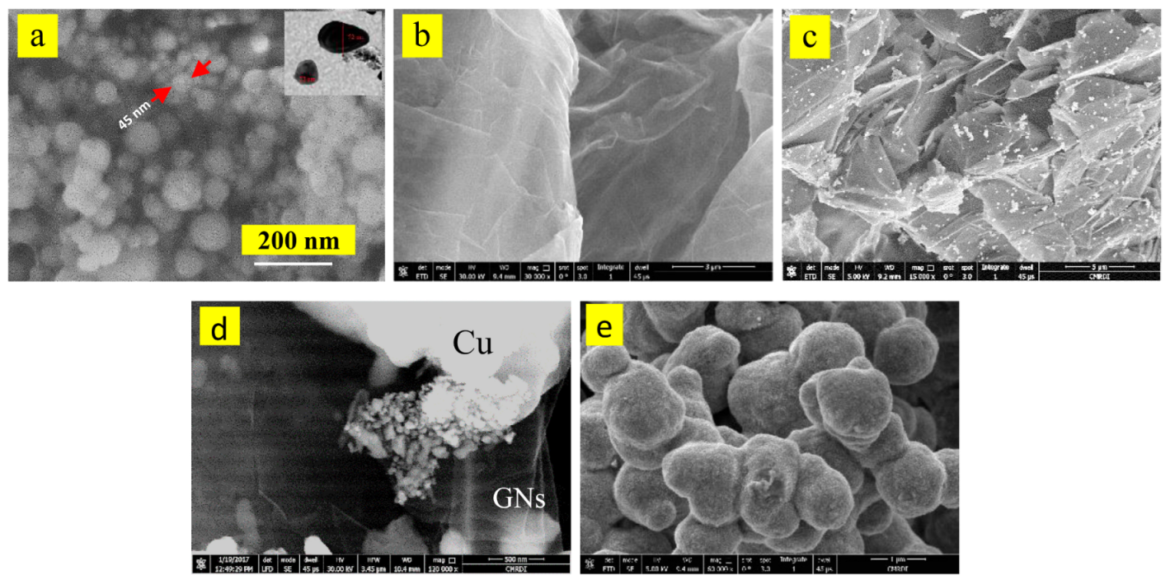
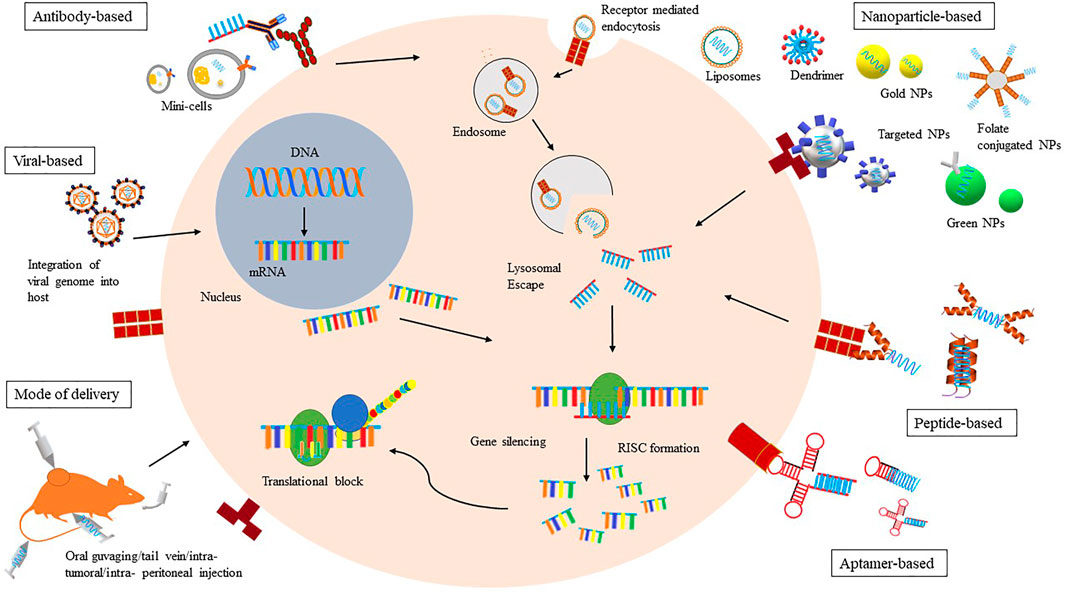
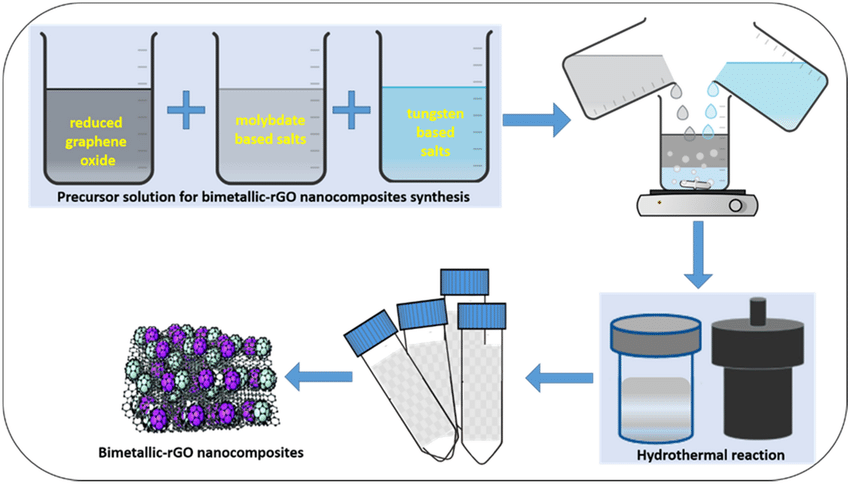

Your comment submitted.